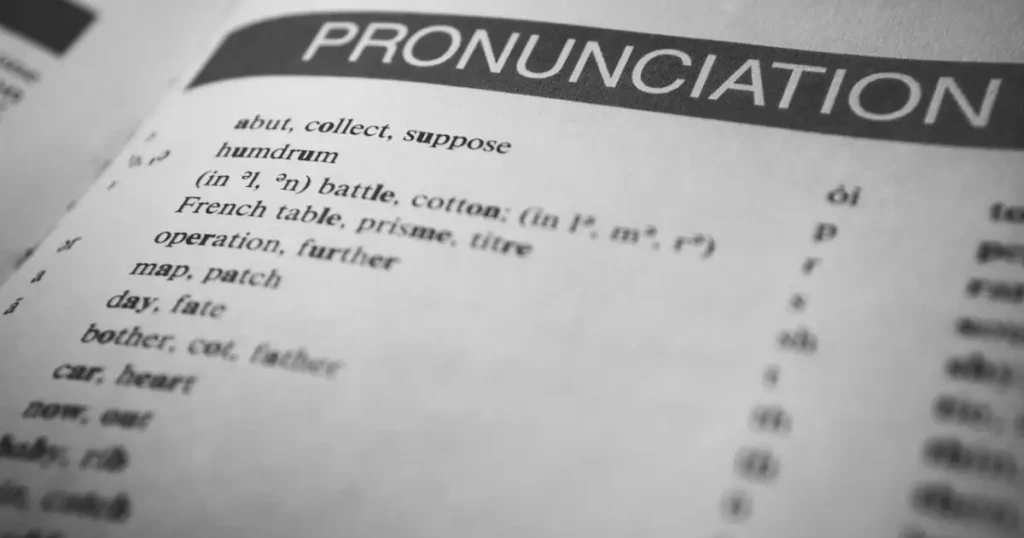
Pronouncing English words correctly can be tricky, but don’t worry! With practice and understanding, you can improve your pronunciation. This guide will give you a broad overview of the key areas you’ll need to focus on as you improve your English pronunciation. Here we go with the top 10 topics to focus on. I’ll get into each one in more detailed blogs.

The end sounds of words are sometimes difficult for learners. For example:

Listening and repeating after native speakers will help you get used to natural speech patterns and accents. You can find conversation partners through language exchange apps, social media, or online communities.
This is a fun way to hear how English is spoken in real-life situations, helping you understand informal language, slang, and different accents. You can also slow down videos or use subtitles to focus on pronunciation and context.
Listening to your own pronunciation allows you to identify areas for improvement. When you record and compare yourself to native speakers, you can track your progress over time and notice subtle differences you may need to work on.
A good online dictionary (like Cambridge or Merriam-Webster) is a great tool for checking the pronunciation of unfamiliar words. Most modern dictionaries provide phonetic transcriptions and audio recordings of words, so you can hear the correct pronunciation. Familiarizing yourself with IPA (International Phonetic Alphabet) symbols can also help you understand the nuances of each sound.
While native English teachers are great for learning conversational English and natural speech patterns, it’s also helpful to learn from non-native teachers who specialize in teaching pronunciation. These teachers often have an in-depth understanding of the specific challenges that learners face and can offer tailored feedback to help you work on your problem areas. A teacher can guide you through the technical aspects of sound production and correct your pronunciation in real-time.
Many language schools and online platforms offer courses specifically focused on improving pronunciation. Joining these groups or taking individual lessons can give you more structured learning, feedback, and the opportunity to practice with others.